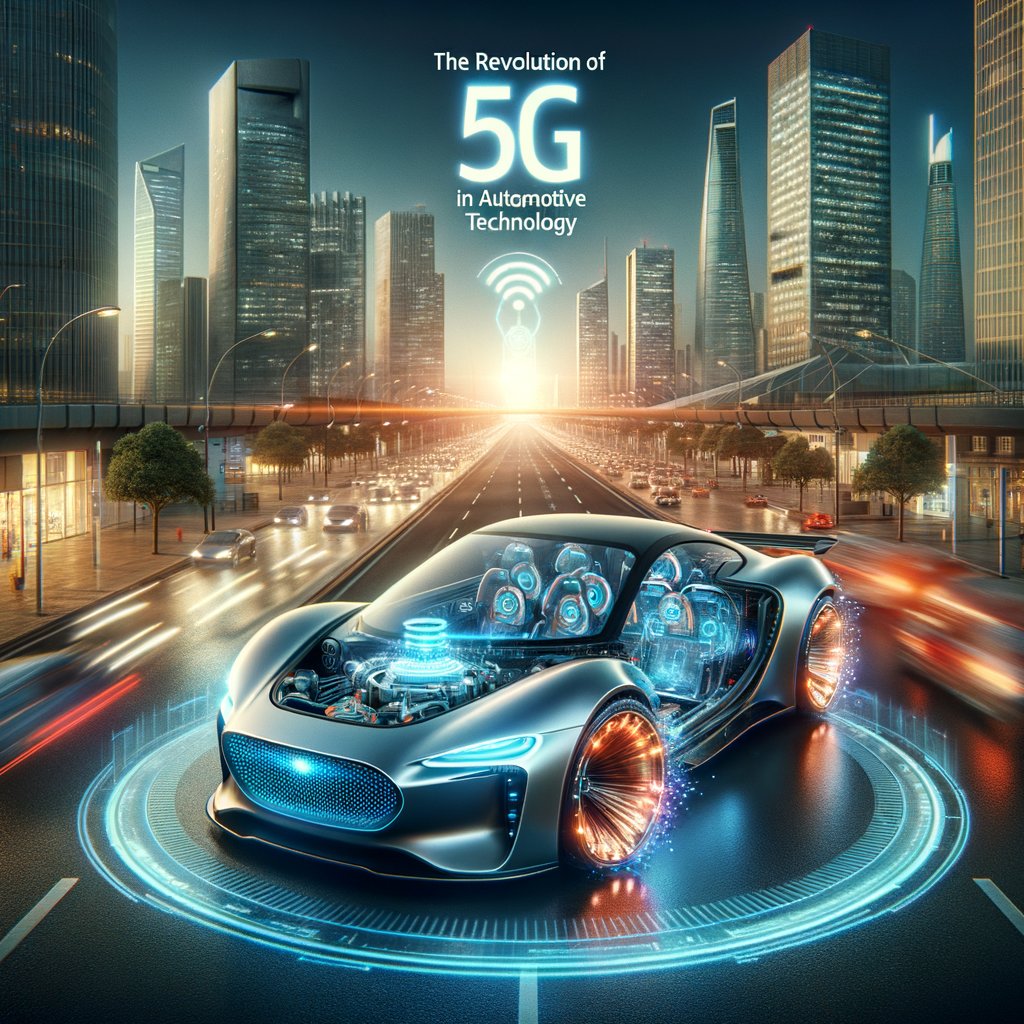Physical Address
304 North Cardinal St.
Dorchester Center, MA 02124
Physical Address
304 North Cardinal St.
Dorchester Center, MA 02124

As we step into the future, the automotive industry is undergoing a significant transformation. This transformation isn’t just about electric vehicles or self-driving cars; it’s also about how these vehicles communicate with each other and with their environment. At the heart of this communication revolution is 5G technology.
Before delving into its impact on automotive technology, let’s briefly discuss what 5G is. Standing for ‘fifth generation’, 5G represents the latest iteration of mobile internet connectivity. It promises faster speeds, lower latency, and more reliable connections than its predecessor, 4G.
The introduction of 5G into the automotive sphere has opened up a myriad of possibilities. With its high-speed data transmission capabilities and low latency, it can support real-time vehicle-to-vehicle (V2V) and vehicle-to-infrastructure (V2I) communications.
In V2V communication, cars share information such as speed, direction, and position with each other in real-time. This feature allows them to anticipate potential hazards before they become visible to the human eye or onboard sensors. For instance, if a car several vehicles ahead suddenly brakes hard or swerves due to an obstacle on the road, all following vehicles equipped with V2V communication will receive this information instantly and react accordingly.
Vehicles can also communicate with infrastructure like traffic lights or parking spots through V2I communication. This means that cars could potentially know when a traffic light will change or where there’s an available parking spot, reducing congestion and improving traffic flow.
The advent of 5G is accelerating the development of autonomous vehicles. Autonomous cars rely heavily on data from their environment to navigate safely. With the high-speed data transmission and low latency that 5G offers, these vehicles can receive this critical information much faster, making self-driving cars more reliable and safer.
But it’s not just about safety or efficiency; 5G also promises to enhance the in-car experience. With its high-speed connectivity, passengers could stream high-definition video content without buffering, engage in online gaming with minimal lag, or even participate in video conferences while on the move.
While the benefits of integrating 5G into automotive technology are plentiful, it also raises significant cybersecurity concerns. As vehicles become more connected, they become more vulnerable to hacking attempts. Manufacturers will need to ensure robust security measures are in place to protect against such threats.
The integration of 5G into automotive technology represents a significant leap forward for the industry. It has the potential to revolutionise not only how we drive but also how we live our lives. However, as with any new technology, there are challenges that need addressing before we can fully reap its benefits.
In spite of these challenges though, one thing is clear: The future of automotive technology is here, and it’s powered by 5G.